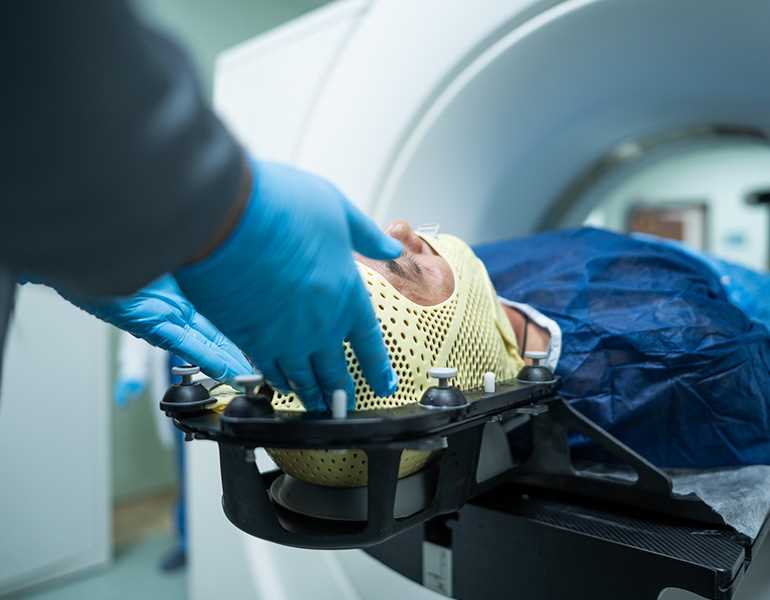Radiotherapy is a cancer treatment method that uses radiation to destroy cancer cells or limit their growth by exposing them to various types of ionizing radiation, such as X-rays, gamma rays, high-energy electrons, or heavy particles.
Nearly half of all cancer patients require radiotherapy at some stage in their disease progression. Radiotherapy is planned and implemented by a specialized medical team that includes oncologists, radiation physicists, and radiation technologists.
The type, dose, and schedule of radiotherapy are determined based on a comprehensive assessment of the patient's condition and the characteristics of the cancerous tumor. It is important to discuss the benefits and risks of radiotherapy with the treating medical team to gain a complete understanding of the treatment and the expected outcomes.
 English
English







